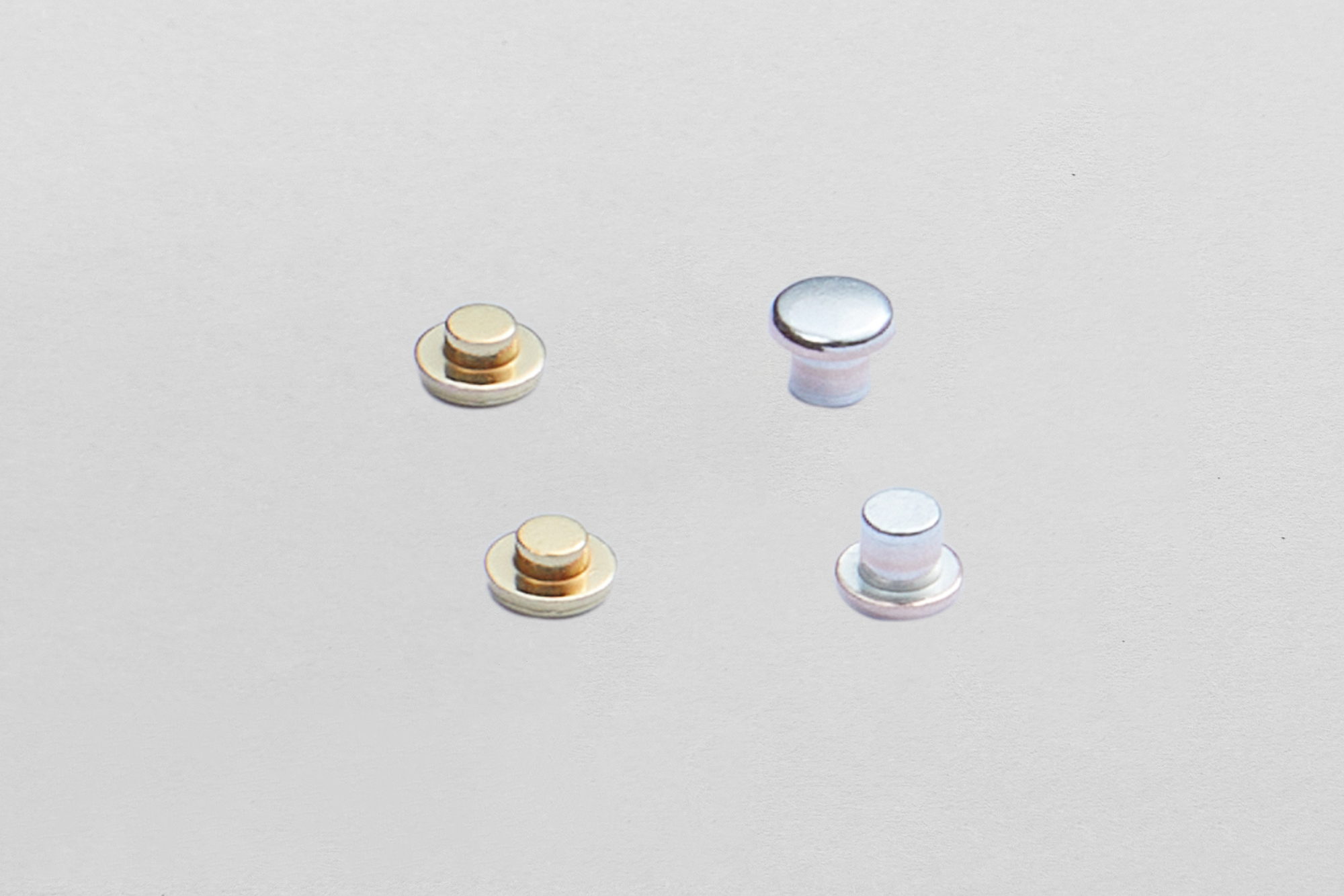The triple-layer composite contact is an important component commonly found in electrical devices and circuits, used to establish or interrupt electrical connections. It combines the functions of three independent contacts and is usually made of materials with good conductive properties to ensure reliable electrical contact. The triple-layer composite contact plays a key role in various applications, such as relays, circuit breakers, switches, and more. Below, I will provide a detailed introduction to the working principle, structure, performance characteristics, and applications of the triple-layer composite contact.
Working principle:
The basic working principle of the triple-layer composite contact is to utilize three independent contacts to simultaneously establish or interrupt electrical connections under the action of external pressure or electromagnetic force. When external pressure or electromagnetic force is applied, the three contacts of the triple-layer composite contact will come into contact with the corresponding contact objects, forming a circuit connection. Through this mechanism, a more reliable electrical connection and more stable circuit transmission can be achieved.
Structure:
The triple-layer composite contact typically consists of three independent contacts, each made of conductive materials such as copper or silver alloys. These contacts are connected together through a supporting structure to ensure that they move simultaneously when subjected to external forces. The structural design of the triple-layer composite contact is aimed at providing higher reliability and stability, while ensuring good electrical contact.
Performance characteristics:
High Reliability: The triple-layer composite contact provides higher reliability by having three independent contacts working simultaneously, reducing issues caused by single-point failures.
Stable Electrical Connection: Made of materials with good conductivity, the triple-layer composite contact ensures a stable electrical connection, avoiding open circuits or poor contact.
Durability: The triple-layer composite contact exhibits good durability and can withstand frequent operations without losing its electrical connection state.
Strong Adaptability: The triple-layer composite contact is suitable for various electrical devices and environments, demonstrating good adaptability.
Applications:
Relays: Triple-layer composite contacts are widely used in various relays to control current transmission and switching operations.
Circuit Breakers: In circuit breakers, triple-layer composite contacts are used to interrupt circuits, ensuring the safety and stability of the electrical system.
Switches: Triple-layer composite contacts are also commonly used in various switches, such as power switches, push-button switches, and more.
Automation Equipment: In automation equipment, triple-layer composite contacts are utilized to control various actions and sensors.
Overall, triple-layer composite contacts play a crucial role as important components in electronic devices and circuits. They are reliable, stable, and durable, suitable for a wide range of applications.




